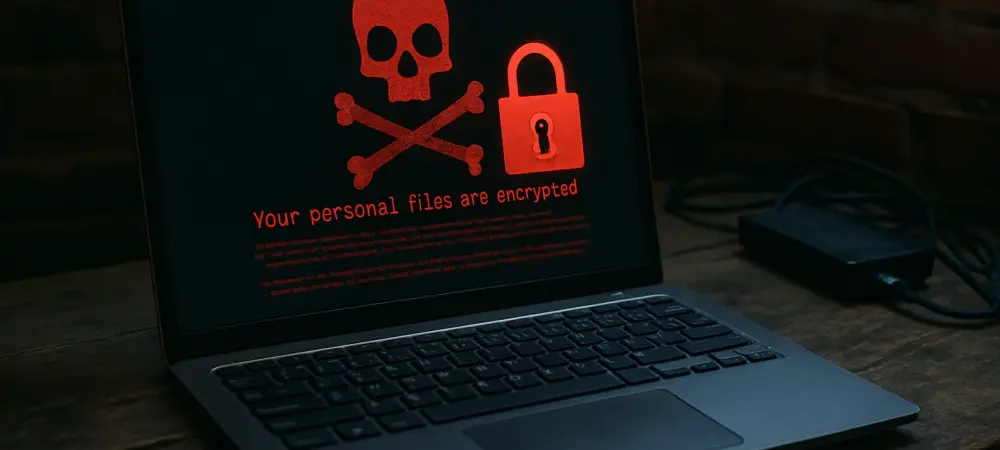The cybersecurity landscape has witnessed a notable shift, with ransomware attackers turning their focus to Linux systems. More than 80% of public cloud workloads and 96% of top web servers are powered by Linux, making them lucrative targets for cybercriminals seeking financial gain. This emergence signifies that no longer is Windows an exclusive focus of ransomware developers. Instead, the spotlight is increasingly on Linux, driving organizations to rethink their cybersecurity defenses.
Analyzing Linux Ransomware Technology
Over the past few years, ransomware has evolved to target Linux systems with growing sophistication. This transformation includes the creation of Linux-native ransomware designed to exploit vulnerabilities within enterprise virtualization platforms and cloud infrastructures. Fileless execution tactics, where malicious activities run in memory rather than being stored on disk, are notably prevalent in these attacks. This technique is instrumental in bypassing traditional antivirus detection, which typically focuses more on identifying threats in Windows environments.
Furthermore, cybercriminals employ Living-off-the-Land (LotL) methods in Linux environments. By leveraging legitimate system utilities and processes, threat actors conduct malicious operations discreetly, further complicating detection efforts. This approach not only allows attackers to blend into normal system activities but also makes forensic analysis challenging, as it leaves minimal digital traces.
Recent Advancements in Linux Ransomware Strategies
The strategies utilized in Linux ransomware have seen significant advancements, with ransomware groups successfully expanding their operations to include Linux and VMware targets. New ransomware families like Pay2Key and Helldown have developed innovative tools specifically for Linux systems. These families have begun employing a broader array of methodologies, indicating a shift in criminal tactics to enhance their success rate against Linux environments. The misconception that Linux systems are inherently secure has contributed to a blind spot in cybersecurity strategies. Attackers exploit this by focusing on cloud and DevOps environments, targeting weaknesses such as cloud misconfigurations, weak permissions, and vulnerabilities within CI/CD pipelines. Moreover, exploiting containers and Kubernetes clusters allows threat actors to move laterally quickly, escalating their impact within compromised networks.
Real-World Implications and Affected Sectors
Linux ransomware has significant real-world implications across various industries, including technology, finance, and healthcare. These sectors often employ Linux servers for their reliability and performance, making them attractive targets for ransomware attacks seeking to cripple operations and demand ransom payments. Noteworthy incidents in recent years have underscored the striking effectiveness and disruptive potential of Linux ransomware, highlighting the need for heightened vigilance and preparation. This ransomware evolution has significant implications, requiring organizations to guard against a broader range of tactics and tools. The sophistication and precision of these attacks necessitate advanced cybersecurity strategies and robust incident response plans to ensure a comprehensive defense.
Overcoming the Challenges of Defending Against Linux Ransomware
Defending against Linux ransomware presents both technological and strategic challenges. From a technical standpoint, the adaptability of ransomware to exploit legitimate utilities complicates detection efforts. Meanwhile, cybersecurity teams must navigate regulatory and market conditions that affect available defenses. Organizations face pressure to maintain robust security postures in a landscape where the speed of cybercriminal innovation often outpaces that of defensive solutions.
Organizations must also address the shortage of knowledge regarding Linux-specific threats. Continuous education and training for cybersecurity professionals are critical to effectively countering these emerging challenges. Building collaborations within industries and sharing threat intelligence can facilitate a more proactive and informed approach.
Looking Ahead: Trends and Opportunities in Linux Security
The future of Linux ransomware reveals new potential threats and opportunities for bolstering defense mechanisms. As this landscape evolves, it is likely that cybercriminals will continue refining their techniques, potentially discovering novel methods to infiltrate Linux ecosystems. To preempt these advancements, future cybersecurity innovations should focus on enhancing Linux security tools and cloud protection strategies. Organizations should evaluate both current and upcoming cybersecurity practices to ensure resilience against these threats. The development of advanced threat detection technologies, such as AI-driven systems and improved endpoint solutions, may play a pivotal role in mitigating future risks. By fostering a culture of continuous adaptation and vigilance, businesses can reduce exposure to this growing threat landscape.
Drawing Conclusions from Current Trends
As Linux ransomware tactics continue to evolve, they remind businesses and security professionals of the pressing need to stay ahead of sophisticated, dynamic threats. The shift of ransomware gangs toward Linux emphasizes the urgency of adapting cybersecurity postures to effectively counter these emerging challenges. Strengthened awareness and prepared defenses are vital components in mitigating the risks associated with this new ransomware frontier. Ultimately, organizations that prioritize innovation in their cybersecurity strategies will be better positioned to protect themselves and their sectors from the evolving threat landscape posed by Linux-focused ransomware.

